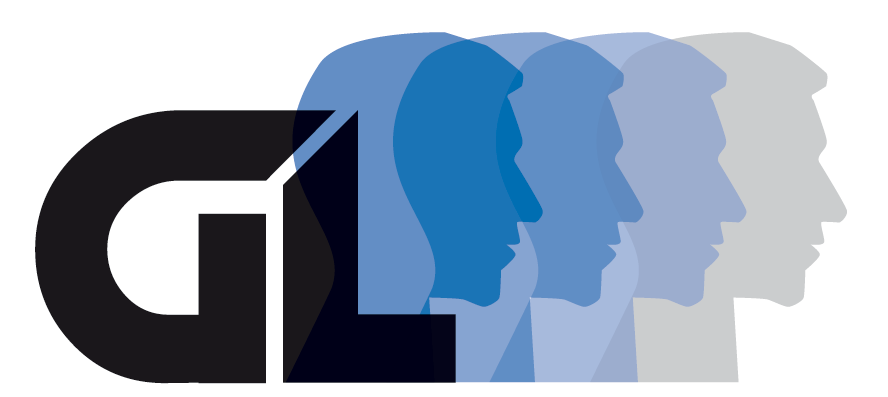
Online harassment, a rising worry that affects a vast number of individuals worldwide, is a broad array of offensive conduct facilitated by the internet or digital tools. This kind of behavior spans various degrees of severity, from extreme threats to derogatory and demeaning remarks, often designed to disgrace or make the recipient feel ashamed. The accelerated growth of online harassment is especially concerning, due in large part to the increasing reliance on internet-based activities for both personal and professional pursuits.
Within the spectrum of online harassment is the increasingly prevalent act of cyberbullying. This aggressive form of harassment disproportionately impacts the most susceptible members of our communities, namely children and adolescents. Cyberbullying typically involves malevolent, aggressive behavior aimed consistently or repeatedly at an individual, primarily through the use of social media platforms.
The repercussions of cyberbullying expand beyond the immediate emotional distress of the victim into long-term psychological effects. The damning effect this form of online harassment has on the mental health and overall wellbeing of victims is shockingly severe. Consequences of enduring such behaviors extend to abnormally high levels of depression, anxiety, and in extreme instances, can trigger suicidal ideation.
Online harassment doesn’t stop at affecting the individual; it also radiates to impact entire communities. As the issue continues to grow, workplaces, schools, and social groups are finding themselves needing to respond strategically and effectively to combat this issue.
The unconscious enablement of such behavior by these platforms has become an area of concern, and various internet platforms have begun to pay heed to the importance of safeguarding their users from such abuse.
Given the vast number of individuals across the globe that are connected via the internet and digital media, it is of paramount importance to emphasize the potentially detrimental effects of online harassment. Societal education and improved enforcement of online safety standards are vital to mitigating the short and long-term effects of such online harassment.
The severity and intensity of online harassment underline the pressing need for an online environment where respect and decency govern interactions, as opposed to hostility and malevolence. Online platforms must continue to elevate their efforts to secure a safe space for their users, ensuring unwavering commitment to the mental health and overall well-being of all.
Strategies for Combating Online Harassment
Taking effective actions against cyberbullying and online harassment involves both awareness and action from individuals and business entities alike. It’s paramount to acknowledge that the key to making the internet more secure is a collective responsibility.
A vital aspect of counteracting online harassment is fostering and encouraging a culture of internet etiquette that starts at a personal level. It is critical for every internet user to show respect and empathy to others online. As is commonly advised, individuals should take a moment to consider the impact of their posts before sharing them publicly. Any content that could potentially be seen as offensive or harmful should be reported following the policies of the respective platform.
Parental guidance and supervision form an integral part of combating online harassment, especially where minors are involved. Parents and caregivers need to keep the lines of communication open with their young ones about what the internet entails. They should inform children about possible hazards online, teach them how to use privacy settings effectively, and at the same time, keep an eye on their online activities, without compromising their right to explore and learn. Another important aspect includes teaching them resolution skills to deal effectively with conflict situations they might encounter, this can be greatly beneficial in safeguarding them from falling victim to cyberbullies.

In the larger scheme of things, corporations, especially social media firms, have a significant role to play. It is incumbent upon them to institute robust measures to detect and delete offensive content without delays. Ingeniously designed algorithms can go a long way in predicting and preventing potential incidents of harassment even before they happen.
A robust and easily accessible reporting mechanism can give users the confidence to report any misdemeanours they encounter. While it’s not an easy task, businesses need to remain vigilant, enforcing strict penalties for those that break the rules. This can create an environment where users think twice before indulging in harmful behaviour, thus serving as an effective deterrent against cyberbullying and online harassment. By adopting such strategies, we can all contribute to making the internet a safer and more inclusive place for everyone.
Legal Implications and Rights
An increasing number of jurisdictions globally comprehend the severity of digital harassment as well as cyberbullying, and this has called for the implementation of precise and robust legal measures to curtail them. In numerous areas across the globe, offenders of cyberbullying can be prosecuted by law, facing heavy sanctions such as substantial fines or even potentially serving time in prison in cases of extreme violations.
Those who become targets of cyber harassment aren’t left without options, having several strategies open to them to obtain justice. Incidents can be reported directly to the platform where the offense occurred, whether it’s a social media network or an online community. Local law enforcement agencies can also be contacted for serious breach, especially when personal safety or privacy is compromised.
There are various legal bodies that specialize in digital law and cybercrimes who can be approached to investigate such offenses. These organizations often possess extensive experience and specific expertise in handling cyberbullying and online harassment cases, providing victims with the requisite legal support. The rights of internet users, commonly known as digital rights, should be something that every individual becomes acquainted with, given the frequency and severity of these incidents. Though these rights might differ based on regional or national laws, generally they offer protection against digital abuse and harassment.
Online harassment and cyberbullying need to be handled as a collective responsibility, with every individual playing an essential role. Everyone including parents, educators, lawmakers, and ordinary internet users must strive towards building a digital environment that exudes mutual respect, understanding, empathy, and tolerance. This can be achieved through various means including systematic education about digital etiquette and safety, the establishment of preventive measures to stop cyberbullying before it happens, and the adamant enforcement of existing laws for those who violate.
Creating a safer internet environment is a continuous process. It begins with seemingly minor actions such as the instant in which a new tab is opened in a browser, the moment a post is created, or when a piece of content is shared. Every small action committed in the digital world carries an impact that can contribute positively to the online community. Make each digital interaction matter.
